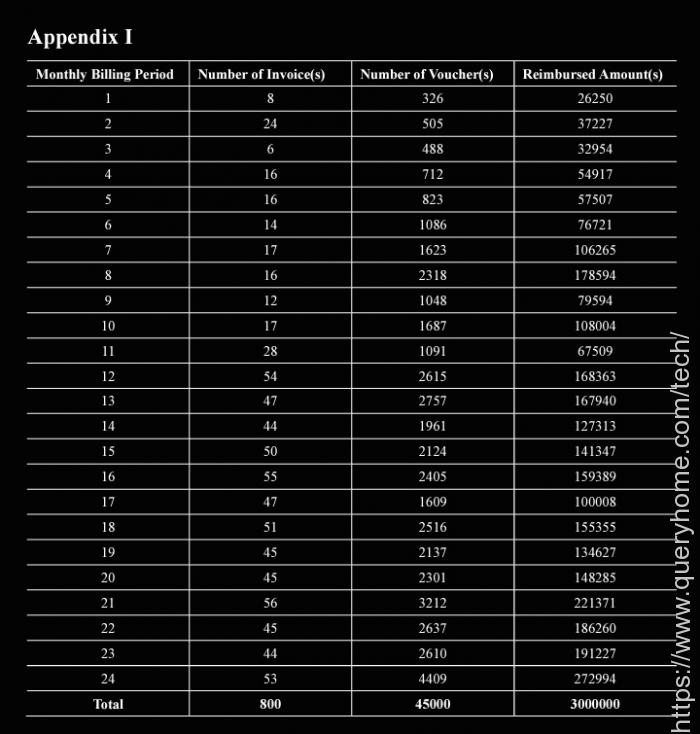
Case Study:A Vampire at the Blood Centre The functions of a blood center include supply of transfusion products and services,as well as leading-edge research,technological and medical care innovation, and education in the field of transfusion medicine. John Kelly,the manager at a local blood center,is in charge of the delivery of blood products to close to 50 hospitals in New York City area. Upon the request of a hospital for certain blood products,Mr. Kelly will arrange a livery car to deliver the products to the hospital. After the trip, the livery car driver will submit a voucher for the cost of the trip to Mr. Kelly, who will then authorize the reimbursement to the driver. Base on the information provided by its employees,the blood center is investigating the allegation that over the past few years,Mr. Kelly,conspiring with several livery car drivers,has forged a large number of vouchers,and received reimbursements for delivery trips that never existed. As an initial step,an accounting firm is hired by the blood center to assess the total damage related to this allegation. There are two motivations for this assessment: The blood center has an insurance policy to cover any damages for up to $1 million. The dollar amount of the total damage will help determine whether Mr. Kelly’s conduct is considered“negligence”(civil)or “fraud”(criminal). The conviction and the severity of sentencing can also depend on the total damage. Here are some facts provided by the blood center: The investigation covers two fiscal years,from Feb.15, 2000 to Feb. 15, 2002. For the two year period, the blood enter has records of 800 invoices consisting of 45,000 vouchers, each containing the reimbursed cost for one delivery trip. The total reimbursed cost over the two year period is $3 million. Appendix I on the next page lists the number of invoices and vouchers along with total reimbursed amount in each of the 24 monthly billing periods, i.e., the first monthly billing period ran from February 15 to March 14,2000, and continuing from the 15th of each month through the 14th of the following month. Due to the time consuming nature of the task, the accounting firm cannot process all 45,000 vouchers. It is also unnecessary, with respect to the insurance policy and the conviction of Mr. Kelly, to process all the vouchers, if an accurate enough estimate can be produced statistically. Therefore, a sample of invoices/vouchers needs to be selected, and the total damage needs to be estimated based on the information in the sample.
(1) What statistical method should be used to estimate the total damage? Note that estimating the total damage is equivalent to estimating the average damage per voucher or average damage per invoice.
(2) What information about the Blood Center and the accounting procedure should you collect in order to facilitate your statistical analysis, and in particular the issues in the following parts?
(3) Should the sample be taken (i) directly at the voucher level, or (ii) first at the invoice level and then at the voucher level?
(4) How would you determine the sample size that needs to be large enough to ensure the accuracy of the estimate?
(5) How should the sample be selected, from the entire population as a whole or separately from each of the 24 monthly billing periods? If you choose the latter, how should the sample be allocated?
(6) What kind of problems can the actual sample have, that may affect the accuracy of d your estimate? You should look beyond the issues that you have already accounte for in your sampling plan, e.g., sampling error.
(7) Once the sample is collected, how would you create the estimate using the sample? You need to provide enough details on how would carry out the calculations (e.g., mean, standard deviation, etc.).For any formula you refer to, you need to provide the definition of each variable used in the formula in the current context.
(8) How would you present and interpret the estimate?
